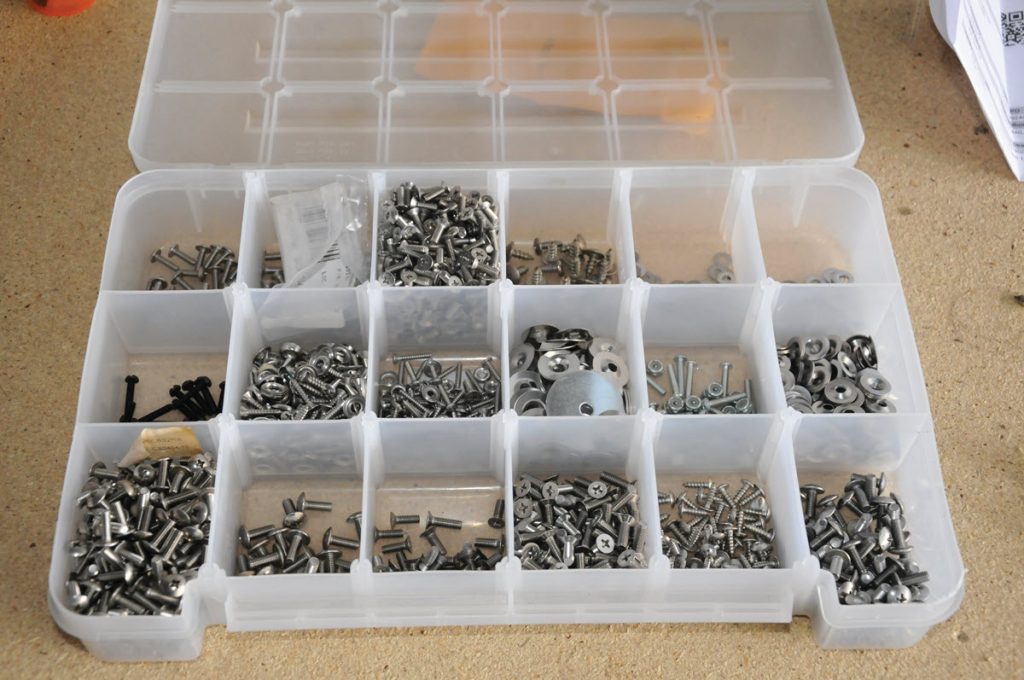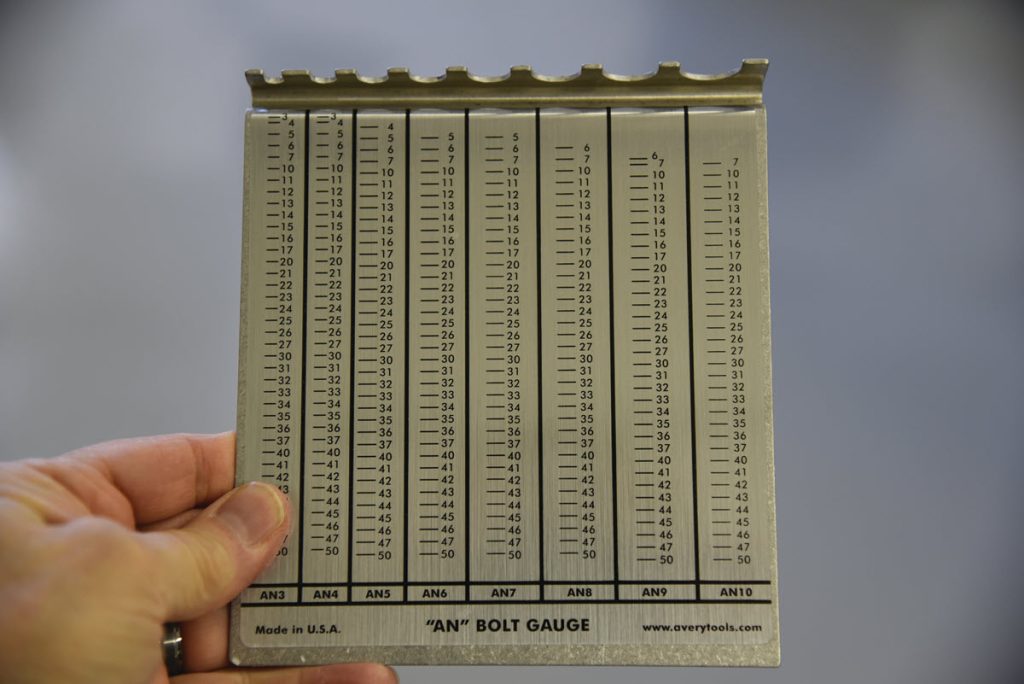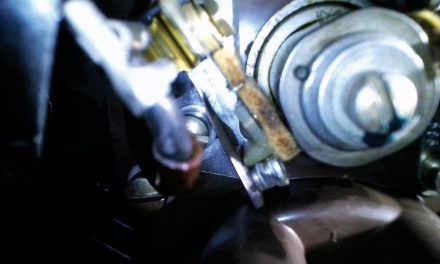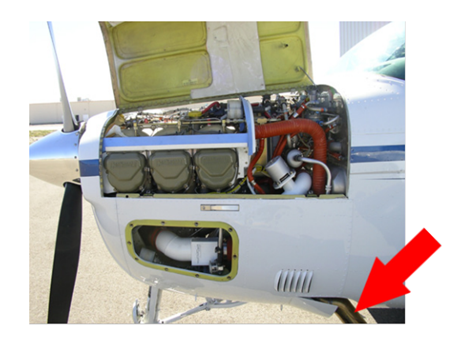
Back in 2017, I wrote an article about finding severe corrosion in my Twin. By severe, I mean that I came very close to catastrophic flight control failure as a direct result of that corrosion. I had owned my Twin eight or nine years at the time, as I recall, and it was missed on that many annual inspections. It was about that time that I moved to a new airport and new shop. My new mechanic found it on the first annual inspection. My new shop repaired it for about $8,000 or so. The quality of the repair was perfect, and I was pleased.
Since then, I’m always looking for corrosion, and with the Twin gone and a 182 in my hangar, I’m still looking for it. Recently, I found a small amount of corrosion and I’m going to take care of it.
Since I haven’t dealt with corrosion since 2017, I was, if you’ll pardon the expression, a bit rusty on the topic. I went to get the bible on corrosion from the FAA website, and all owners should read it. You can download it free from FAA.gov. Search for Advisory Circular 43-4A, titled “Corrosion Control for Aircraft.” Written in 1991, this is the seminal document on the subject.
If you’re new to this subject, this document is so scary that you’ll want to run out to your plane and drape your body over the wings. We pilots are tough, though, so spend an hour and read this document. I’m going to cover one section in the document entitled, “Forms of Corrosion.” I won’t try to teach you about corrosion because I could never do as good a job as this circular. However, I’ll give you a taste of what it includes and tell you a little about each form of corrosion that attacks our flying machines.
Forms of Corrosion
A. Uniform Etch Corrosion. Uniform etch corrosion results from a direct chemical attack on a metal surface and involves only the metal surface.
B. Pitting Corrosion. The most common effect of corrosion on aluminum and magnesium alloys is called pitting.
C. Galvanic Corrosion. Galvanic corrosion occurs when two dissimilar metals make electrical contact in the presence of an electrolyte.
D. Concentration Cell Corrosion. Concentration cell corrosion is corrosion of metals in a metal-to-metal joint, corrosion at the edge of a joint even though joined metals are identical, or corrosion of a spot on the metal surface covered by a foreign material.
E. Intergranular Corrosion. Intergranular corrosion is an attack along the grain boundaries of a material.
F. Exfoliation Corrosion. Exfoliation corrosion is an advanced form of intergranular corrosion in which the surface grains of a metal are lifted by the force of expanding corrosion products occurring at the grain boundaries just below the surface.
G. Filiform Corrosion. Filiform corrosion is a special form of oxygen concentration cell corrosion or crevice corrosion that occurs on metal surfaces having an organic coating system.
If this isn’t enough to keep you up at night worrying about your airplane, take heart that you can get control of this relatively easily. First, read the circular, and study the photos and diagrams. If you have questions, log on to our online forum and ask them. We area, and some even hold PhDs in related subjects. Our association A&P/IA, Erich Rempert, is also an expert in this area.
So where did I find corrosion on my plane? I found galvanic corrosion on my ailerons. Galvanic corrosion occurs when two dissimilar metals make electrical contact in the presence of an electrolyte. If you look at the exterior of your airplane, you’ll see perhaps as many as hundreds of screws. Check where these steel screws meet the aluminum skin around them. If the paint is stained brown, then you have corrosion. Not to sound overly dramatic, but if the screws have never been replaced, and your plane is 40 or 50 years old, you could wind up with unrepairable corrosion all over the aircraft.
The Solution
So what’s the solution? This is easy and inexpensive. You don’t need a mechanic or a big credit limit on your credit card. And you don’t have to be AOG, either. Visit the Aircraft Spruce website (aircraftspruce.com) and search on “screw kits.” You’ll find a pre-packaged complete screw replacement kit for your aircraft model. The kit for a 150/152 costs about $79, for a 172, it’s about $40. A 182 is $46, and a 210 is $52.
After purchasing the screw kit, make a trip to your local hardware store and for a few dollars get a plastic case. Fill the case and you’re ready to go. While you’re at the hardware store, you could spend another $20 or so and get a new screwdriver for each size screw in your box. Buy the highest quality screwdrivers you can. You want the new screws to go in undamaged and last another 40 years. Also pick up a Scotch-Brite pad.
Replacing the Screws
Back at the hangar, start by removing one screw, cleaning the area under the old screw with the Scotch-Brite pad, water, and a paper towel. Make sure no rust or corrosion remains. After the hole is dry, replace with a new screw of the same kind. Okay, one done, with a few hundred to go. Here’s the good news: you can do this project yourself a little at a time and not be grounded at all. Just replace a dozen or so screws and go flying. Next time you’re at the airport, replace another dozen or so and go flying.
Wait, there’s more! You’re doing fine, but your screw kit may not be complete. This screw kit doesn’t contain fuel tank screws. The screws used on many fuel tanks are structural and are designed to a much higher standard than the screws in the screw kit. They need to be replaced too. You will need to search the “screw kit” section of the Aircraft Spruce website for fuel tank screws. They cost from $20 to $85 for a complete kit.
When you’re finished, your plane will have hundreds of fewer places for corrosion to take place. There are no original exterior screws on my plane. They’ve all been replaced with stainless steel, and they should last another 40 years. My plane is corrosion-free, and I can sleep at night. And the cost? It might cost less than a hundred dollars but certainly less than two hundred. That’s almost nothing in airplane dollars.
MORE ON CORROSION
Paul New Webinar, 2+ Hours of Comprehensive Corrosion Prevention Training, cessnaowner.org/paul-new
“Corrosion: Avoiding Costly and Deadly Mistakes,” by Scott Sherer, September 2018 issue, cessnaowner.org/archive
“Keep Corrosion from Killing Your Aircraft,” by Floyd Allen, August 2011 issue, cessnaowner.org/archive
RESOURCES
Aircraft Spruce (aircraftspruce.com)
FAA circular (faa.gov) Search for AC 43-4A
Ace Hardware (acehardware.com)
Home Depot (homedepot.com)








